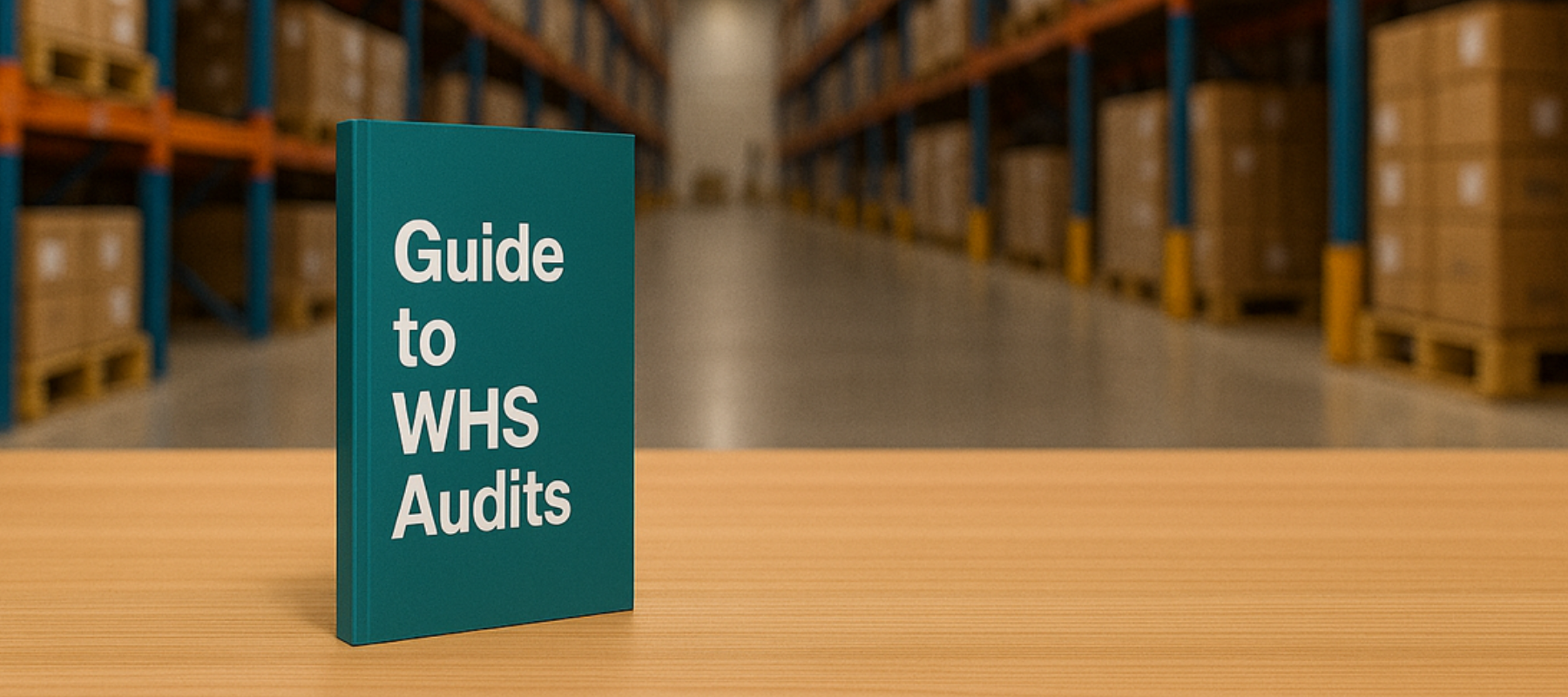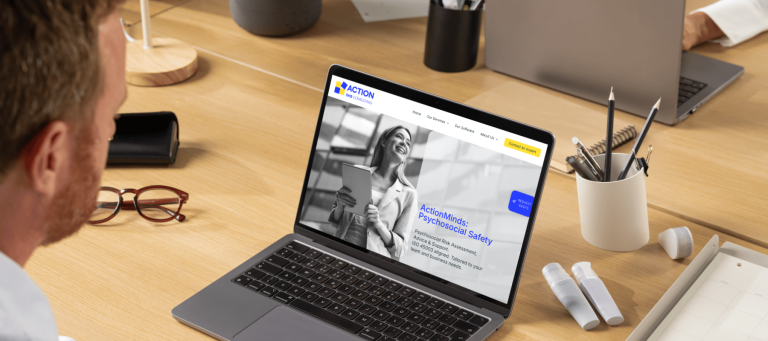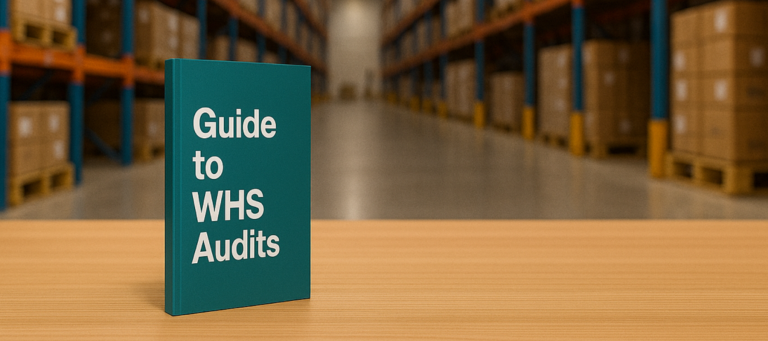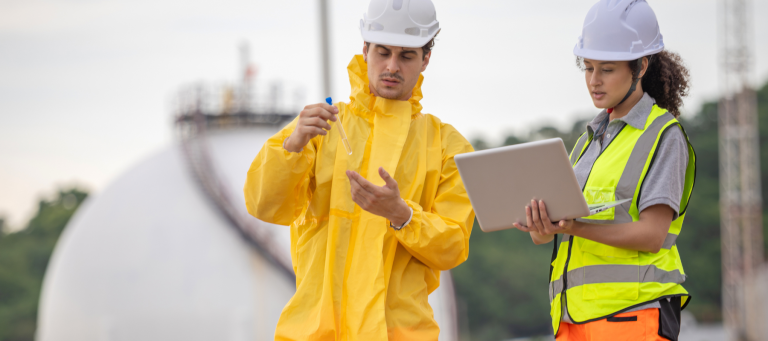A safe and supportive workplace is essential for any successful Australian business. A comprehensive Work Health and Safety Audit is a powerful tool to achieve this, offering much more than a simple check-up. These systematic reviews provide deep insights into your safety performance, helping you build on your strengths and identify opportunities for improvement.
This guide covers the essentials of Work Health and Safety Audits: their purpose, the different types, the audit process, and how to select the right audit partner. Understanding these essentials helps businesses in Australia reduce risks, improve team well-being, and foster a strong safety culture, ultimately enhancing operational efficiency. We’ll discuss how these audits help you align with best practice in states like New South Wales (NSW) and proactively identify hazards.
What Are Work Health and Safety Audits?
A Work Health and Safety (WHS) Audit is a systematic, independent review that evaluates how well an organisation’s safety framework aligns with established WHS criteria. It assesses your systems against legislation (like the Work Health and Safety Act), standards (e.g., ISO 45001), and your own internal policies. For many, the question “What is a work health and safety audit?” is best answered as: a thorough health check for your safety systems.
How do Audits Improve Safety?
These audits identify strengths, areas for improvement, and potential gaps in your system, offering a clear path forward. The goal is proactive risk management and continuous improvement, not fault-finding.

“Audits only improve safety performance when the business genuinely engages with the findings and recommendations.
The real value comes when the auditor is not just experienced in the industry, but also understands the critical elements of management systems and how they’re implemented, especially those that directly influence safety outcomes.
It’s not just about avoiding harm; it’s about creating environments that actively support healing and wellbeing.”
Tim Callinan, General Manager
When Work Health and Safety Audits are approached with this mindset, focusing on meaningful improvement, they become an invaluable investment in a safer, more resilient workplace.
Types of WHS Audits and Their Benefits
Work Health and Safety Audits vary, each designed to help you achieve specific goals. Choosing the right type of audit helps your organisation effectively strengthen its safety performance.
Internal WHS Audits
An internal WHS audit involves your own team (or a consultant acting as an internal partner) examining your WHS system. These are ideal for ongoing improvement and early detection of emerging issues. The key benefits of internal audits include fostering employee involvement and preparing for external reviews, ensuring a culture of continuous safety vigilance.
External/Independent WHS Audits
An independent WHS audit is performed by a third-party expert, often for certification (e.g., ISO 45001) or to meet specific regulatory needs. Its main benefit is the objective, fresh perspective it provides. These audits offer greater confidence in the effectiveness and robustness of your systems.
Checking Your Framework vs Improving Your System
Some audits focus on how your systems align with specific legal and regulatory requirements. These are useful for confirming that your foundational framework is sound. In contrast, a WHS management system audit is broader, assessing your entire system’s effectiveness against standards like ISO 45001. This type of audit helps you ensure your system is not just adequate but truly robust, empowering you to manage risks proactively and build a best-in-class safety culture.
The WHS Audit Process: A Step-by-Step Guide
Most Work Health and Safety Audits follow a structured process. Understanding these steps helps organisations prepare and get the most value from the experience.
1 – Planning and Preparation
This phase involves defining the audit scope and objectives, selecting a competent audit team, and developing a tailored audit plan and checklist. Auditors typically conduct an initial review of your WHS documentation (policies, risk assessments) to understand your current approach.
2 – Conducting the Audit (On-Site Activities)
The audit team gathers evidence through site inspections, observing work practices, and having conversations with your team (management and workers). They also review records like training logs and incident reports. All evidence is systematically collected to build a clear picture of your system in action.
3 – Reporting and Follow-Up
Auditors analyse their findings and prepare a detailed audit report. This report outlines the scope, findings (noting both strengths and opportunities for improvement), and practical recommendations. The organisation then creates a corrective action plan to address any identified gaps and build on the audit’s insights.
Choosing the Right WHS Audit Partner in Australia
Selecting a competent provider is vital for an effective audit. The goal is to find a partner who will work with you to improve, not just identify faults. Consider these factors:
Qualifications & Certifications: Ensure auditors are certified and have a deep understanding of Australian WHS frameworks.
Industry Experience: Partners familiar with your sector understand its unique risks and opportunities.
Reputation: Look for testimonials that speak to a collaborative and supportive approach.
Methodology: Your partner should have a clear process that focuses on constructive feedback and actionable insights.
Cost: While the cost of a WHS audit varies, prioritise the value and thoroughness that a true partner can provide.
Look for a provider who, as Tim Callinan suggests, focuses on building trust and shaping solutions that align with your purpose and vision. This collaborative approach ensures the audit process is constructive and adds lasting value.
The Path Forward: From Insight to Action
Work Health and Safety Audits are a vital strategic tool for Australian businesses aiming to protect their workforce and build a resilient safety culture. They offer a structured path to evaluate and enhance WHS performance, identify hazards proactively, and empower your team. Viewing an audit as an investment in your people and your business’s future is the first step toward lasting improvement.
Ready to enhance your workplace safety? If you’re looking for a partner to help you implement or improve your Work Health and Safety Audits, contact our safety experts today. We can help you navigate the complexities and build a safer workplace together.






